o3 Mini Model
OpenAI's o3-mini: Efficient, advanced reasoning AI for complex problem-solving.
Overview
OpenAI's o3-mini is the latest addition to their reasoning series, designed to deliver advanced problem-solving capabilities with enhanced efficiency. This model excels in science, technology, engineering, and mathematics (STEM) domains, offering rapid and accurate responses while maintaining cost-effectiveness. Released on January 31, 2025, o3-mini is accessible through both ChatGPT and the OpenAI API, catering to a broad spectrum of users.
Capabilities
Advanced Reasoning: Demonstrates superior problem-solving skills, particularly in complex STEM-related queries.
Efficiency: Offers faster response times and reduced computational costs compared to previous models, without compromising accuracy.
Accessibility: Available to all ChatGPT users, with varying usage limits based on subscription tiers, ensuring broad accessibility.
Integration: Seamlessly integrates with existing applications via the OpenAI API, facilitating diverse use cases.
Key Benefits
Cost-Effective: Delivers high-quality reasoning capabilities at a lower operational cost, making it accessible to a wider audience.
Enhanced Performance: Improves upon previous models with faster processing and more accurate outputs, enhancing user experience.
Broad Accessibility: Offers free access with reasonable usage limits, ensuring that advanced AI capabilities are available to a diverse user base.
Scalability: Designed to handle a wide range of queries efficiently, from simple questions to complex problem-solving tasks.
How it works
Text Input: Users input queries or prompts into the ChatGPT interface or via the OpenAI API.
Internal Reasoning: o3-mini employs a "private chain of thought" mechanism, internally deliberating through step-by-step reasoning to formulate responses.
Response Generation: After processing the input and conducting internal reasoning, the model generates coherent and contextually relevant responses.
Output Delivery: The synthesized response is presented to the user through the chosen platform, ensuring clarity and relevance.
Usage Scenarios
Educational Support: Assists students and educators by providing clear explanations and solutions to complex scientific and mathematical problems.
Coding Assistance: Aids developers in writing and debugging code, offering suggestions and identifying potential issues.
Research Analysis: Supports researchers by analyzing data, generating hypotheses, and providing insights across various scientific disciplines.
Technical Writing: Helps in drafting technical documents, manuals, and reports with precise and accurate information.
Conclusion
OpenAI's o3-mini represents a significant advancement in AI-driven reasoning, combining efficiency with advanced problem-solving capabilities. Its design focuses on delivering high-quality responses in STEM fields while ensuring accessibility and cost-effectiveness. By integrating o3-mini into various applications, users can leverage its strengths to enhance learning, development, research, and technical communication, thereby fostering innovation and productivity across multiple sectors.
For a practical demonstration of OpenAI's o3-mini capabilities, you might find this video insightful.









